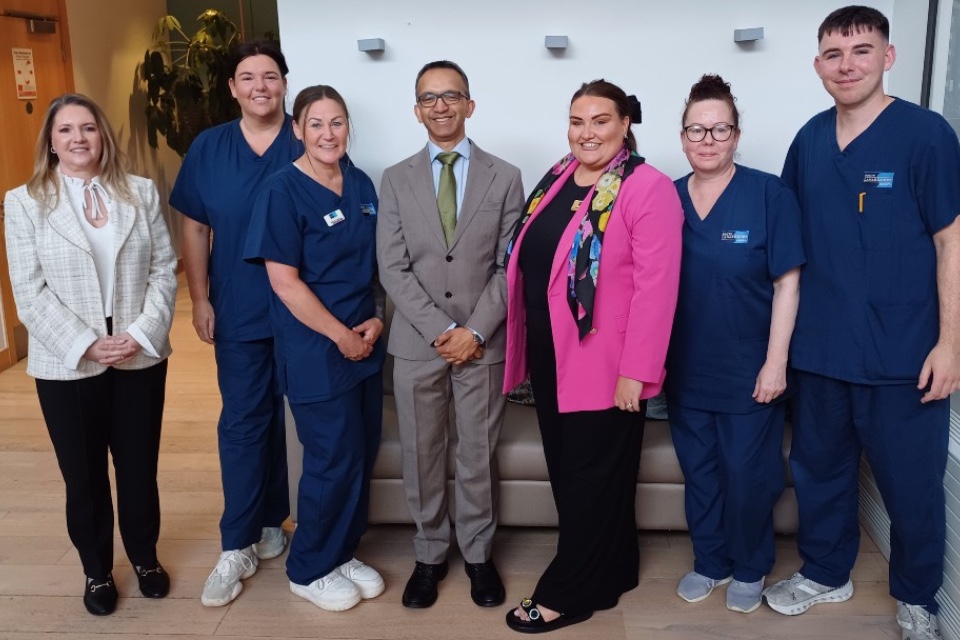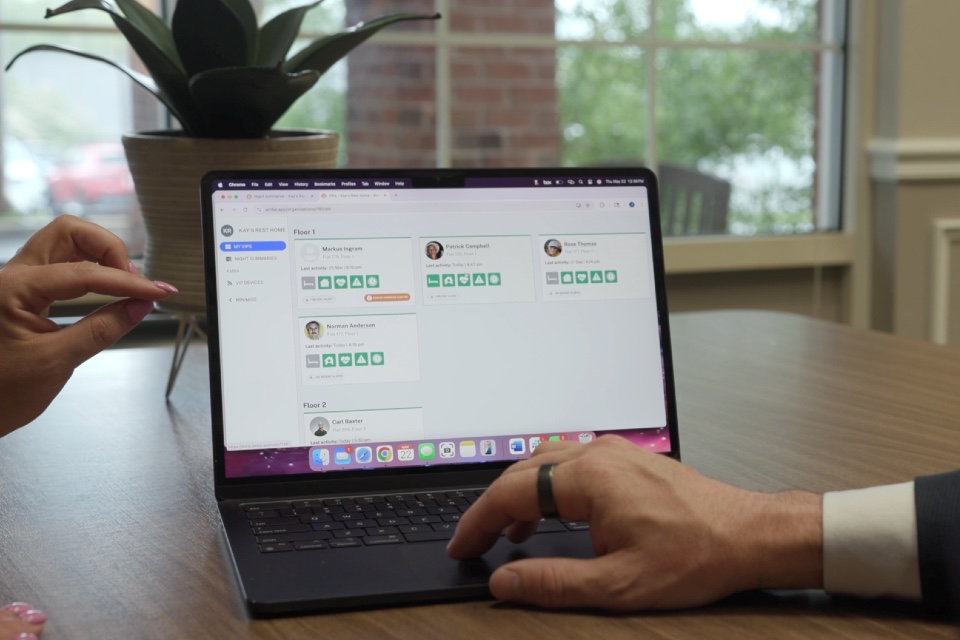The next generation of tech-savvy residents will play a vital role in shaping digital care. Phil Brown, Chief Product Officer at KareInn, discusses how a focus on prevention, and person-centred care planning, will further help accelerate the digital transformation of social care…
Today’s generation of residents are the first to see the benefits digital can have on the quality of their care. Although care homes across the country are still at very different stages of their digital transformation journeys, the sector agrees that technology can change experiences and outcomes, for the better.
From streamlining information management, improving care coordination, and enabling more personalised and efficient healthcare services, we are seeing every day, how digital is improving outcomes for people. But as new, or ‘next gen’ residents enter care homes – residents with a different understanding, experience and expectation of digital – how can we ensure technology will continue to accelerate the transformation of care delivery?
What do we mean by next gen resident?
The tech-savviness of the older generation can vary significantly depending on several factors. Things like exposure to technology and access to learning opportunities, all play a part in a resident’s understanding of, and attitude towards digital care. Generally, older adults have been adapting to technology at a faster pace in recent years due to its increasing prevalence and user-friendly designs. Many have embraced tech in their everyday lives with enthusiasm. Like younger demographics, they use smartphones, tablets, and other devices to stay connected with family and friends, access information online, and engage in social media. Many even understand how and why their data is collected.
Driving true person-centred care
The CQC’s Regulation 9 says that care providers must make sure that each person receives appropriate person-centred care and treatment, that is based on an assessment of their needs and preferences.
Engaging residents and their families in the digital process, and showing them the benefits of it, will help to gain their support and feedback throughout a care home’s transformation process. This is person-centred care in its truest form, and involving people in all decisions about their health is the best approach to ensuing the next gen resident is engaged with digital care.
Many forward-thinking care homes are now using resident and family portals – a secure online place where family and friends of those being cared for stay informed about the care they’re receiving – to capture and share the critical information that deepens the positive outcomes for residents. Portals promote inclusive and transparent care, they also promote resident-led care as needs, concerns and wishes can be communicated and available to care providers in real-time.
Portals also enable a more fluent and meaningful dialogue with family members, putting records and precise information about care and wellbeing at their fingertips. It also can help communicate about mealtimes, activities and what the resident got up to that day, their mood, and what actions were taken to address any issues.
Prevention rather than problem solve
We know that digital care planning in care homes can lead to a more efficient, coordinated, and person-centred approach to residential care, enhancing the overall quality of life for residents and improving the working environment for staff. But we also know that a lot of the challenges care staff are facing can’t be solved by digital care planning apps.
We all know care providers are doing all they can to become more digital, but the adoption of technology in care homes may vary depending on factors such as budget, regulations, and the willingness of both the workforce and residents to embrace the new. Some care homes, particularly in rural areas or with limited resources, might face challenges in providing robust internet connectivity. Concerns about data security and privacy may also influence the decision to implement internet access in some care facilities.
Because of these and many other challenges, we need to be more focused on prevention. Our aim is to arm people with all the necessary information so that they can identify potential risks and address them proactively. Whether it’s early identification of health issues, more efficient medication management, fall prevention, better insight into nutrition and hydration, digital care is designed to promote a person-centred approach to prevention.
The next generation of tech-savvy residents is poised to have a significant impact on shaping digital care. By driving adoption, expecting personalised care and actively participating in care innovation, their impact will help accelerate the digitisation social care and help it achieves its integrated, digital care planning ambitions.






